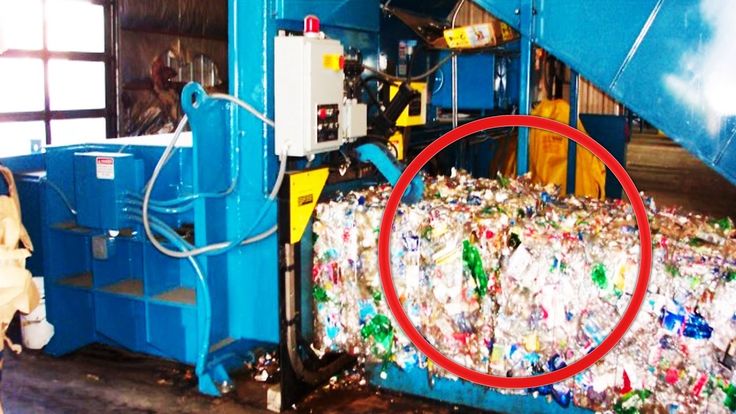Tire recycling is a relatively new phenomenon. During the late 80s and early 90s, a majority of tires ended up on public lands or in landfills, with only 11% repurposed. Thanks to modern technology and reprocessing techniques, that number jumped to 81.4% by 2017. Even so, Americans discard more than 290 million tires a year.
That’s a lot of rubber waste, but it’s also an amazing business opportunity. Salvaging methods provide countless opportunities.
Depending on the type of tire recycled, it’s possible to convert used tires into tire-derived fuels (TDF) and carbon black. Off-the-road (OTR) tires also contain scrap metal in the form of steel beading and wire.
If you’re an entrepreneur who’s also environmentally conscious, a tire recycling business is worth considering. With a little bit of effort, you can get yours rolling within a year’s time.
Table of Contents
Before you launch your own tire recycling business, you need to do your due diligence. This means considering a wide range of factors, including:
You’ll also need to decide whether you plan on renting an industrial facility, purchasing one outright, or constructing something completely new. Each option has its own downsides, benefits, and costs to consider.
A variety of businesses buy and utilize recycled tires. Instead of trying to serve several industries, niche down. Selecting a specialization and sticking with it can help you stand out from the competition.
Tire recycling falls into three categories: tire derived fuel (TDF) products, civil engineering applications, and ground or crumb rubber. You can select your recycling niche by asking yourself questions like:
Recycled tires are also used in:
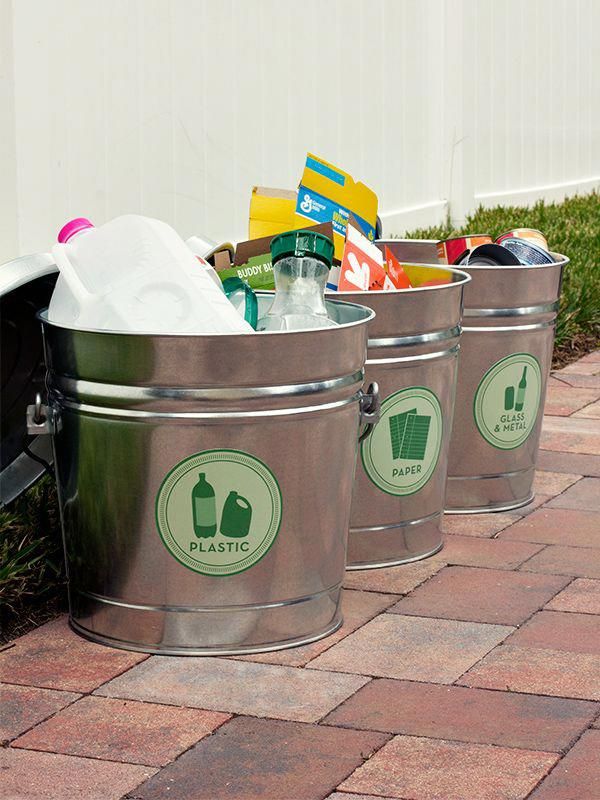
Starting a tire recycling business requires capital. If you aren’t already wealthy, there are several options to acquire funding, the most straightforward being a small business loan.
You might also want to consider speaking with investors. A growing number of venture capitalists are funding green and eco-friendly initiatives.
If you’re launching a small operation, you may even want to consider crowdfunding. Sites like Fundable and Kickstarter have helped hundreds of entrepreneur’s achieve their dream of owning a business.
If all else fails, look into state or federal grants. Many state agencies offer programs that encourage scrap tire management and cleanup. The EPA also offers grants, but only for businesses doing innovative research.
In the state of Utah, all businesses that dispose of, recycle, or incinerate solid waste must comply with the state’s solid waste rules.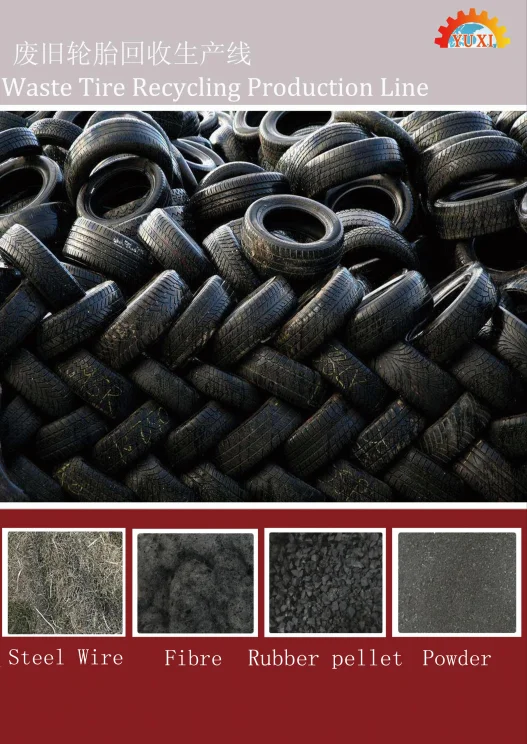
In addition, waste tire recycling businesses must register with the Utah Department of Environmental Quality under the Waste Tire Recycling Act. You can fill out an application here.
Fees also apply. Depending on the size and location of your facility, the state may require a sum of between $0-$5,000. There’s also a waste tire or recycler registration fee of $100.
Once you’ve established a strong foundation for your tire recycling business, it’s time to purchase the necessary equipment to get the job done.
With over 25 years in the tire recycling space, you can count on our team to provide you with high-quality, affordable, and efficient machinery.
No matter your niche, we have equipment to meet your needs. Our product line includes:
In addition, we carry:
No matter the scope of your tire recycling business, we have the tools, experience, and expertise to ensure you’re equipped for success.
If you’re interested in learning more about a particular piece of equipment, or you’re ready to make a purchase, give us a call at (801) 505-6841 or fill out an online contact form today.
Tire recycling is as lucrative as it is rewarding. We look forward to assisting you on your journey!
Sources:
For decades, old car and truck tires have dotted the landscape.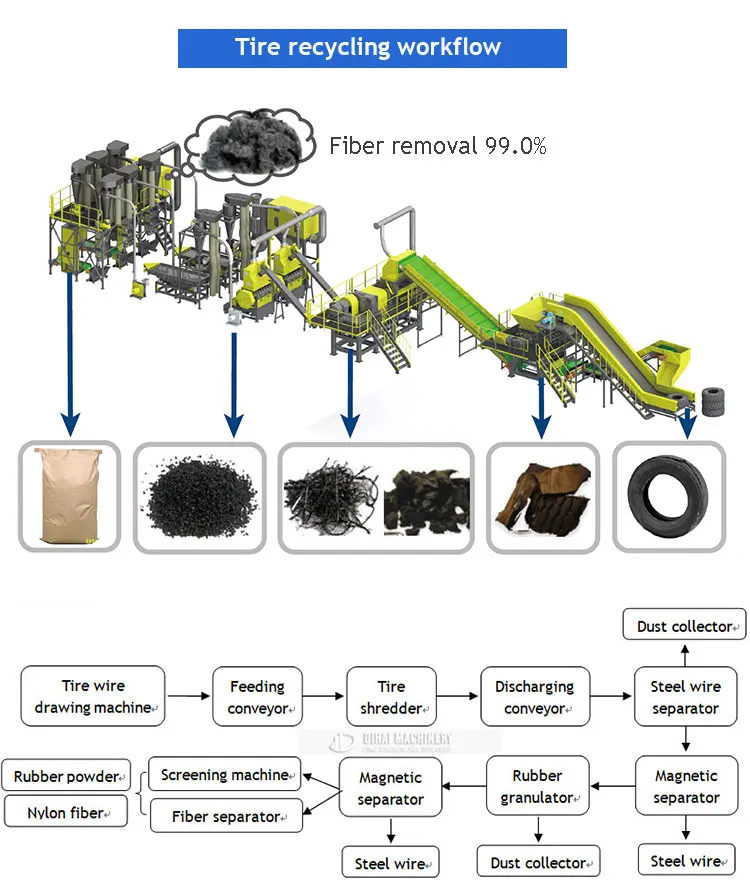 Tossed in scrap heaps and buried in landfills, they pose a significant environmental hazard. In the last 50 years, the tire disposal problem has risen to the forefront of environmentalists’ minds. Tire recycling is growing in popularity both for its environmental impact as well as its profitability as a business model.
Tossed in scrap heaps and buried in landfills, they pose a significant environmental hazard. In the last 50 years, the tire disposal problem has risen to the forefront of environmentalists’ minds. Tire recycling is growing in popularity both for its environmental impact as well as its profitability as a business model.
As more uses for the recycled rubber are discovered, the demand for it increases, enabling recyclers to produce and sell more product. With roughly 290 million tires being discarded in the United States every year, the tire supply is plentiful, making now the perfect time to start your own tire recycling business.
The idea sounds great on paper, and while you may know a lot about tires, there may still be a steep learning curve and a significant investment hurdle to overcome. If done right, however, tire recycling can be a very profitable business.
Before you jump in with both feet, you should understand the waters into which you are treading. Become educated about the business first. If you really want to know how recycling works, apply for a position at a recycling plant. Learn all you can about the business and the process from start to finish. This experience will give you a sound knowledge base from which to start.
If you really want to know how recycling works, apply for a position at a recycling plant. Learn all you can about the business and the process from start to finish. This experience will give you a sound knowledge base from which to start.
Table of Contents
Tire recycling can only be profitable if you can identify both the supplier and customer. The supplier will work on the front end to get you the raw rubber you need for processing. The customer on the back end will buy the processed rubber product you produce.
Ideally, your suppliers should be located within a 150-mile radius of the location where you plan to set up shop. If they are any farther away, you will end up wasting time and money collecting old tires. The best way to get tires from point A to point B will depend on who your supplier is and how quickly the tires stack up at their location. A few different options to explore include:
1. Offer a Pick-up Service – A small car repair shop may only generate 20 passenger tires every two weeks. This small load can easily be picked up in a van or truck regularly, making recycling easy for the customer.
Offer a Pick-up Service – A small car repair shop may only generate 20 passenger tires every two weeks. This small load can easily be picked up in a van or truck regularly, making recycling easy for the customer.
2. Deliver Disposal Containers – For larger volumes of tires, you may consider dropping off an empty dumpster to be picked up when it is full. This option makes loading and transportation easier for larger loads. It is especially helpful for larger diameter tires, as they are difficult to load and unload by hand.
3. Offer Onsite Drop-Off – There will always be do-it-yourself-ers that like to change their own tires. Designate an easily accessible spot on your property where small loads can be dropped off.
Most recycled tire rubber does not find its way onto the playground as you might expect. In fact, most recycled tires are actually burned as tired derived fuel (TDS). Unless you have a paper mill or cement plant nearby, TDS may not be in high demand in your area..jpg) You will need to take a hard look at the market around you to find your niche.
You will need to take a hard look at the market around you to find your niche.
Because of the high up-front costs associated with buying equipment, securing land, and hiring employees, it is best not to try to be a jack of all trades right out the gate. Find an area where demand is high, and competition is low. Potential clients could include utility companies, construction contractors, athletic fields, and manufacturers. Ground rubber and crumb rubber are commonly used to manufacture many products that were once made exclusively of wood, asphalt, or plastics.
Once you are satisfied that the market can support your growing new business, creating a detailed business plan is the next essential step. The initial investment to begin recycling tires will likely require either a small business loan or outside investors’ assistance. In either case, you are unlikely to receive financial aid without a solid plan to pay back those loans.
If this type of loan is out of reach, you might apply for a government grant.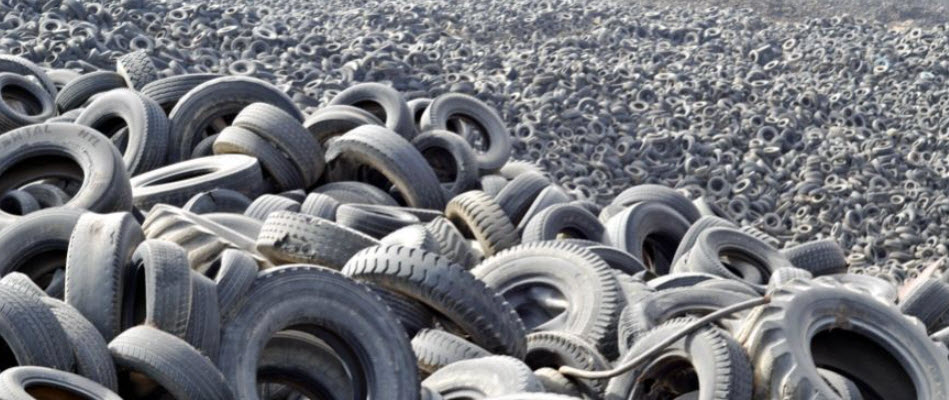 Grants at the federal level are limited but are available through the Small Business Innovation Research Program (SBIR). This Environmental Protection Agency (EPA) Program awards funds to proposals that tackle high priority EPA issues. Solid waste management involving waste tire removal and disposal is one such issue. However, grants are limited to small businesses with less than 500 employees and come with the requirement that the company demonstrates innovation in technology and commercialization of their efforts to improve the environment.
Grants at the federal level are limited but are available through the Small Business Innovation Research Program (SBIR). This Environmental Protection Agency (EPA) Program awards funds to proposals that tackle high priority EPA issues. Solid waste management involving waste tire removal and disposal is one such issue. However, grants are limited to small businesses with less than 500 employees and come with the requirement that the company demonstrates innovation in technology and commercialization of their efforts to improve the environment.
Funds are also available to support the efforts of waste tire recyclers and innovators alike at the state level. In 1999, the North Carolina Department of Environment and Natural Resources granted Continental General Tire $1.2 million to fund their research into manufacturing tires using 25% recycled rubber. The project’s goal was to reuse the old rubber to make new tires without compromising the quality or longevity of the new tires.
In 2002, the Ohio Department of Natural Resources awarded $1 million in grants to five different waste management businesses to fund projects recycling shredded tires for use as tire-derived fuel, as well as landscaping and building projects.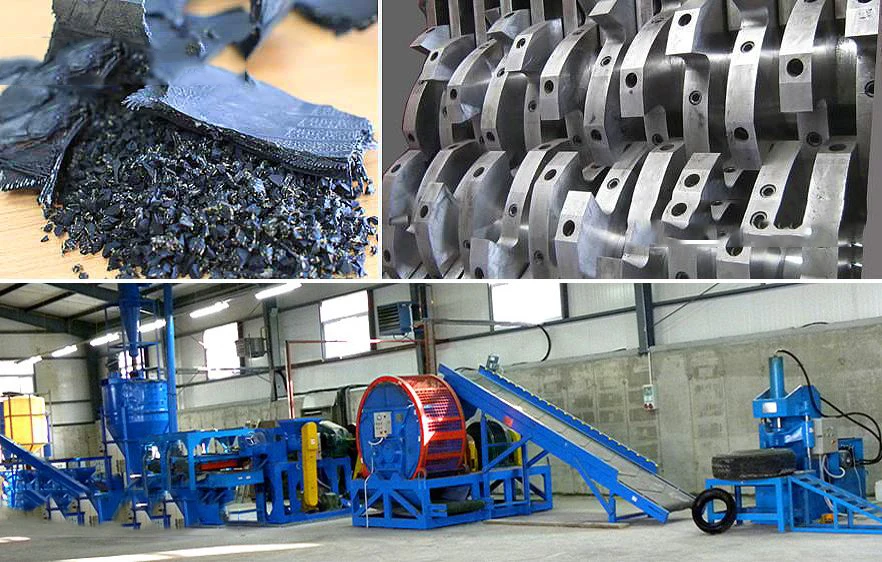 Check with your state to see if funding is available for research or tire clean-up projects before you take out hefty debts to start your business. You may be able to find money in unexpected places.
Check with your state to see if funding is available for research or tire clean-up projects before you take out hefty debts to start your business. You may be able to find money in unexpected places.
Last but certainly not least, make sure that your business is operating safely and legally. While the requirements vary by state, there are regulations in every state that you will need to comply with to operate a tire recycling business. Contacting the EPA, as well as local government entities, early in your planning is essential. Be sure to apply for licenses early on to have them on hand when you are ready to open your shop for business. For the safety of employees and your investment, you should also have adequate insurance to cover any unfortunate incidents that may occur.
Passenger and truck tire manufacturers and distributors make up a large sector of our economy. Indeed, we are dependent on tires for transporting goods and people all across the country.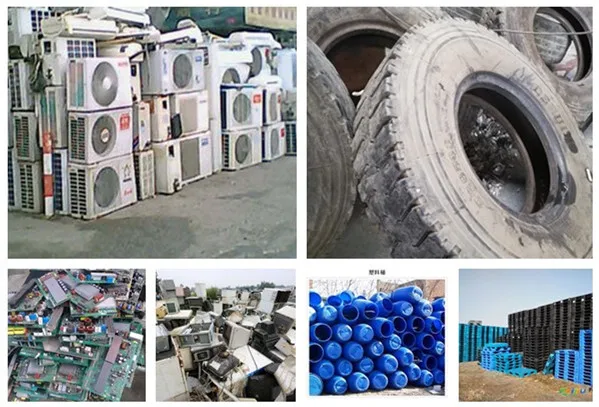 This dependence has led to an abundance of waste. Until recently, we struggled to find a solution to this growing problem. With the emergence of new technologies in recycling and reuse of these rubber products, the present is a great time to jump in and be a part of this expanding new business market.
This dependence has led to an abundance of waste. Until recently, we struggled to find a solution to this growing problem. With the emergence of new technologies in recycling and reuse of these rubber products, the present is a great time to jump in and be a part of this expanding new business market.
Interested in getting started? Contact ECO Green Equipment to find out more about our turnkey tire recycling solutions and integrated equipment. Our tire crushers, grinders, shredders and colorizers are revolutionizing the market by processing waste tires faster and with greater cost and energy efficiency than the competition.
This is a question we often hear from our clients. Many would like to start recycling car shoes with a small investment and gradually grow their business. This approach has a place to be and we can offer suitable options for entrepreneurs who want to engage in a new interesting business.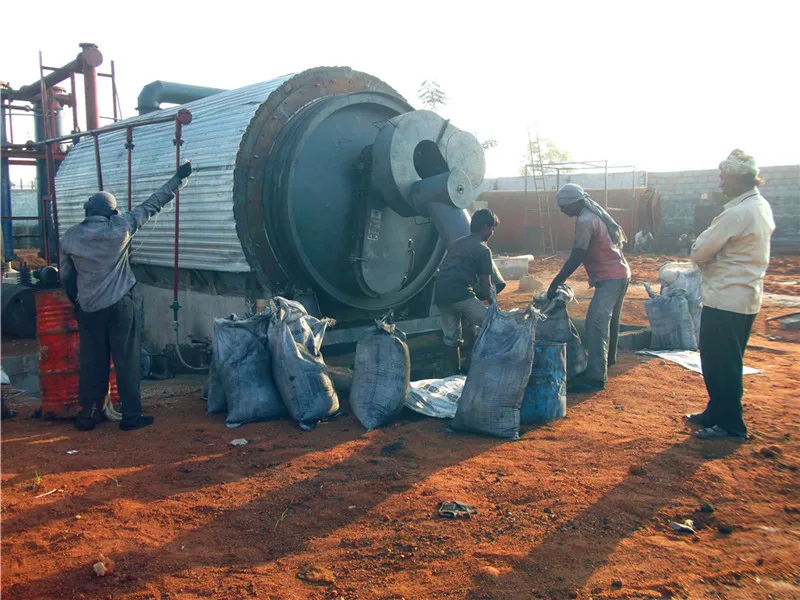
Who might be interested in the initial use of the minimum tire recycling kit?
Let's single out three main categories:
We can offer minimum sets of equipment for the primary shredding of car tires. The equipment allows you to accept tires for recycling from donating organizations and the public, like any other municipal solid waste.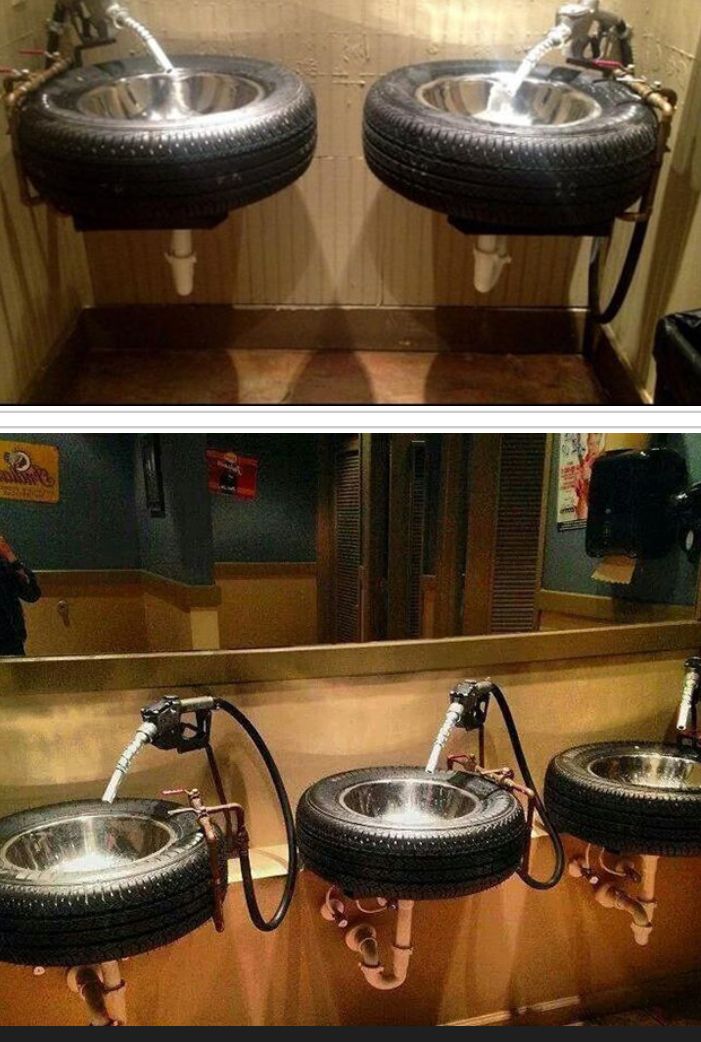
Let's start with the cheapest options:
Option A. Hydraulic shears for cutting tires "NS-500". They cut into segments and chips all types of tires (trucks and cars), with an outer diameter of up to 1200 mm. They can cut tires without first removing the bundle of thick bead wire that runs in the landing rings. Check the cost of this equipment with the manager, but it does not exceed $10,000.
The disadvantage of this option is that a bundle of thick bead wire remains in the tire beads on both sides. However, it is possible to cut fragments in the form of small strips with the same NS-500, in which the steel cord bundle passes. Those. Initially, the tire is cut into 130 mm segments, then the edges (part of the bead seat ring) are cut off from each segment, in which the cord bundle passes.
Option B. Consists of a set of 2 machines: NS-500 hydraulic shears and DS-500 hydraulic steel cord bundle breaker. The kit processes tires up to 1200 mm in outer diameter.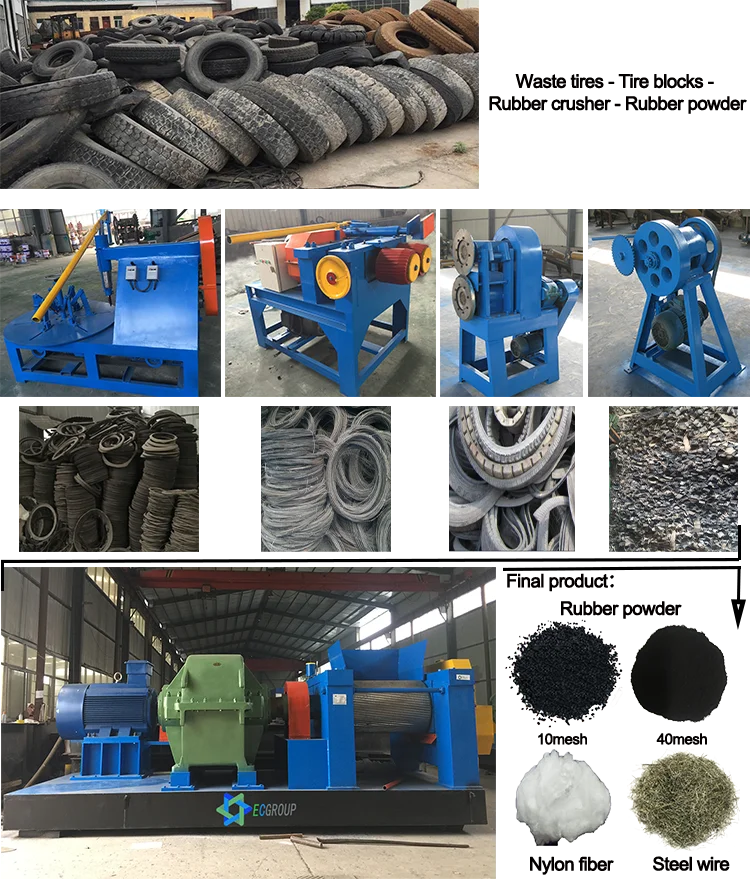
This variant is free from disadvantages of Option A, has a high productivity up to 800 kg/h. The kit can serve only one worker per shift if necessary, although maximum productivity is achieved when 2 people work (each on his own machine). The cost of such a kit is about 18,000 US dollars. Specify the exact price from the manager.
Option C. Consisting of 3 machines: NS-500, DS-500 and BB-500 mechanical tire cutter, including for LNG up to 2000 mm. Thanks to the BB-500, the kit can process tires up to 2 m in outer diameter! This option for tire recycling equipment may be of interest to processors of open pits and ports where there are wheeled front loaders with large tires. The kit can serve 1 worker, but the maximum productivity of up to 2000 kg / h is achieved when 3 people work per shift.
The cost of such a kit is about 28,000 US dollars. Specify the exact price from the manager.
Option D. Consists of 2 machines: hydraulic shears NS-500, UPSh-1 (or UPSh-2) Plant for processing tires into chips.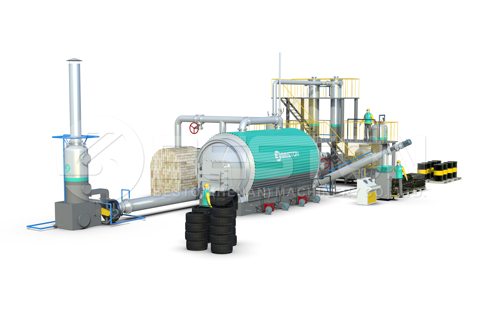 UPSH has two main functions:
UPSH has two main functions:
The kit converts up to 70% of a tire's weight into crumb rubber. The maximum dimensions of recycled tires are up to 2000 mm.
How it works:
- The tread part is cut off clean crumb with the tread part. Bias tires can be recycled down to seat rings.
- Seat rings are cut from all types of tyres, on the UPSH machine. The separated rings, in which a bundle of thick bead wire passes, are removed from processing. If the tires are from 1200 to 1500 mm, it is cut in the center of the treadmill into 2 equal parts. If the tire is from 1500 to 2000 mm, then it is cut into 4 parts: sidewalls are cut out - 2 pcs. and also the tire carcass is cut in the center into two symmetrical parts.
- Next, on the NS-500 hydraulic shears, we chop the rings obtained on the UPSh into segments of 130 mm.
As a result we have:
Kit cost approximately $37,000. The price of the machines included in this package, check with the manager.
 equipment, and at the same time the proposed machines will not remain unnecessary. They will be part of the line as integral links in a more complex technological chain of stage-by-stage grinding of tires into crumbs.
equipment, and at the same time the proposed machines will not remain unnecessary. They will be part of the line as integral links in a more complex technological chain of stage-by-stage grinding of tires into crumbs. 
An industrial business idea to launch a mini-factory for the production of crumb rubber by recycling car tires attracts with an excellent ratio of large cash flow and short payback periods. And most importantly, recycling is the production of money from garbage. Your attention is invited to a business plan for the production of crumb rubber with calculations and analysis of opportunities. For example, it is worth paying attention to the additional income from the extraction of metal from tire cords, in which it is already 7%. What other useful secrets this production keeps, we will consider in more detail.
How to correctly calculate the rate and volume of rubber crumb production from recycled car tires? The answer to this question is not so simple. The production of rubber crumb depends on many nuances. There are two key factors that made this activity attractive from an investment point of view.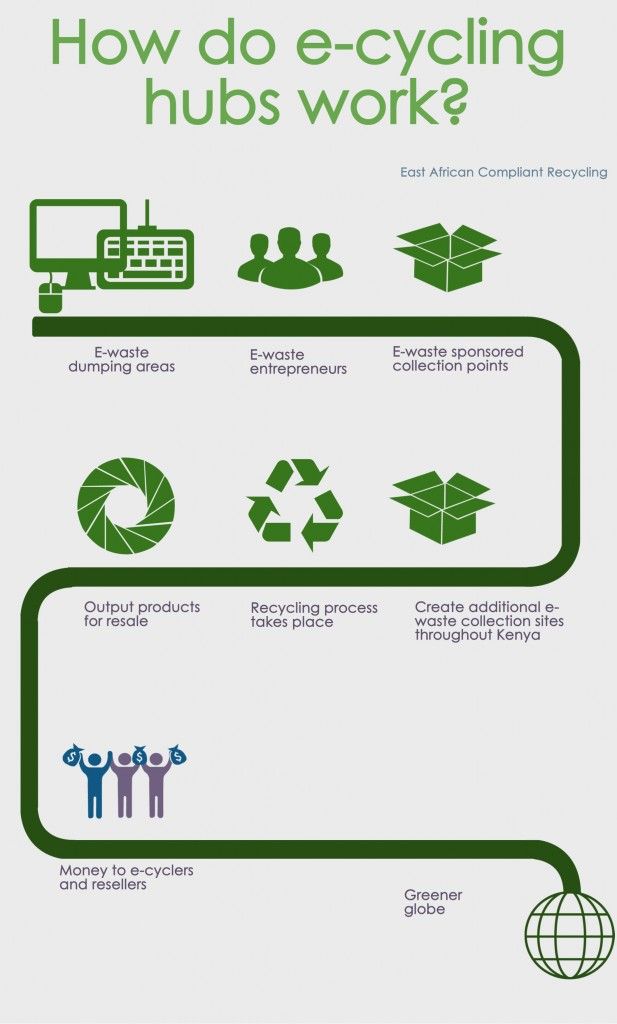 They will help answer this question.
They will help answer this question.
First of all, you should correctly assess your financial reserves that you own (your own savings and possible loans). It is worth noting that this type of industry is possible with different investment volumes, which means that such a business scales well. With a small investment in the initial phase, income can be minimal, taking into account regular expenses for electricity, transportation costs, salaries of employees, taxes, etc. It is worth noting here that this concept of a business idea underlies the recycling of waste (used car tires). And according to tradition, in order to get gold from garbage, you need to do a lot of work. Therefore, too little investment significantly increases the risks. It is possible to start production on a large scale by constructing a specialized enterprise with large areas, for example, several hundred square meters, which will be worth a large investment.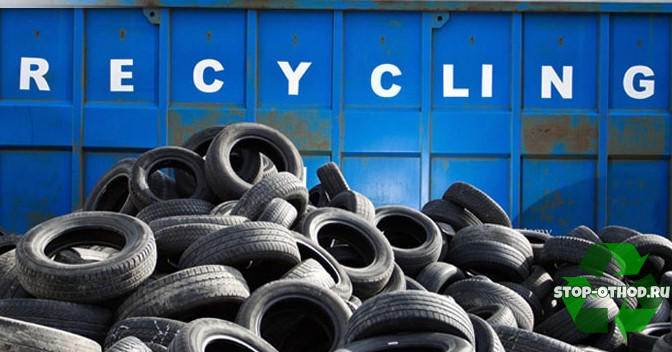 Make the optimal choice of investment strategy in favor of the golden mean between these boundaries.
Make the optimal choice of investment strategy in favor of the golden mean between these boundaries.
If you have about $17,000 in cash, the choice should not be an issue. For this money, you can purchase a production line for processing tires into crumbs with a minimum configuration and a capacity of 100 kg / hour. In this case, the most important thing will be finding and renting a warehouse with an area of about 100 m 2 and a production room with an area of an average of 40 m 2 , plus a few more small storage rooms. In this case, the production of crumb rubber can start from a production volume of 800 kilograms of the finished product daily (100 kg / hour in 1 work shift).
The minimum complete line for processing tires into crumb rubber includes the following equipment, which can be found on the Internet at prices:
TOTAL: $17,000
Video clip, which schematically shows the technological process of recycling tires by grinding into rubber crumb in a 3D animation:
production is extremely simple.
If you decide to take this activity on a more serious level, you will need to analyze the sales market in the region where you are going to launch your project. Without this work, it is unlikely that the products will generate a profitable income. You will have to include in the business plan the cost of market research for the finished product in a particular region.
What is the demand for this product and in what distribution channels can it be sold? Who else is interested in this industry and what is the competition in the market?
The answers to these questions should be taken into account and, obviously, the possibilities of developing economic activity over the next few years should be calculated. It is unlikely to accurately foresee the subsequent course of events, but approximate calculations will indicate at least the direction in which it is worth moving. Such determination is better than blind action.
Such determination is better than blind action.
Used, old, defective car tires were used in the production of crumb rubber. For obvious reasons, one should not even talk about the search for raw materials and their price. Old tires can be found in large quantities. You can buy them for a minimal fee, and sometimes you can pay for shipping to your company.
The production of crumb rubber, as already mentioned, is quite affordable for small businesses. The $17,000 production line can quickly process a wide variety of tires: car, bus and other tires.
Currently, there are two main methods by which rubber crumb is produced:
Shock wave crushing of rubber into crumbs is a relatively new method of tire processing. The most popular mechanical crushing.
The production of crumb rubber with shock waves requires a special approach. In particular, it is necessary to have equipment in which the products will be located, similar to refrigerated pantries, which are quite expensive. The advantageous possibility of installing equipment for the production of rubber crumb from tires using the shock wave method on smaller production areas is noticeable. You can save on monthly rent. At the same time, the cost of electrical energy will be less than with an analog installation. But all the same, such equipment is fully justified for large and medium production volumes, since it is very expensive.
In particular, it is necessary to have equipment in which the products will be located, similar to refrigerated pantries, which are quite expensive. The advantageous possibility of installing equipment for the production of rubber crumb from tires using the shock wave method on smaller production areas is noticeable. You can save on monthly rent. At the same time, the cost of electrical energy will be less than with an analog installation. But all the same, such equipment is fully justified for large and medium production volumes, since it is very expensive.
The production of crumb rubber can be started with a small production volume and at a relatively low cost. Enough 40 square meters of production space with a ceiling height of 3m. A direct rubber crumb production line will be installed, a 380 volt power supply will be connected and 2 workers will control the operation of the semi-automatic equipment.
The best option during the period of reaching the payback point of the business is to work continuously for a whole week.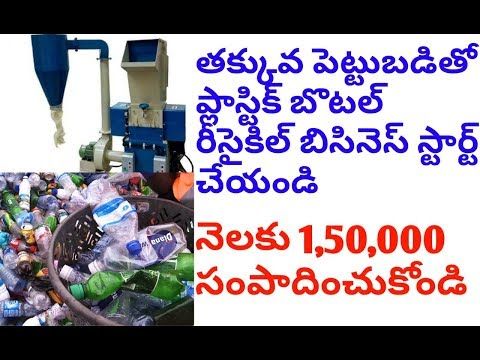 To do this, three work shifts should be organized. As a result, the staff will consist of eight persons. In addition, you should take care of the places of storage of raw materials and finished products. In this case, the space for storing tires should take out four, and even five times more. In this regard, the surface of the room for raw materials (tires) may require up to 100m 2 , and for storage of finished crumb rubber - 20m 2 .
To do this, three work shifts should be organized. As a result, the staff will consist of eight persons. In addition, you should take care of the places of storage of raw materials and finished products. In this case, the space for storing tires should take out four, and even five times more. In this regard, the surface of the room for raw materials (tires) may require up to 100m 2 , and for storage of finished crumb rubber - 20m 2 .
On this basis, the cost of 100 kilograms of production per hour will change and change. In this business plan, we define fixed costs for the month:
It's a good idea to give customers the opportunity to recycle tires for money. Having your own collection point will help not only to reduce transport costs for the delivery of raw materials, but also immediately receive preliminary additional income, which is described below.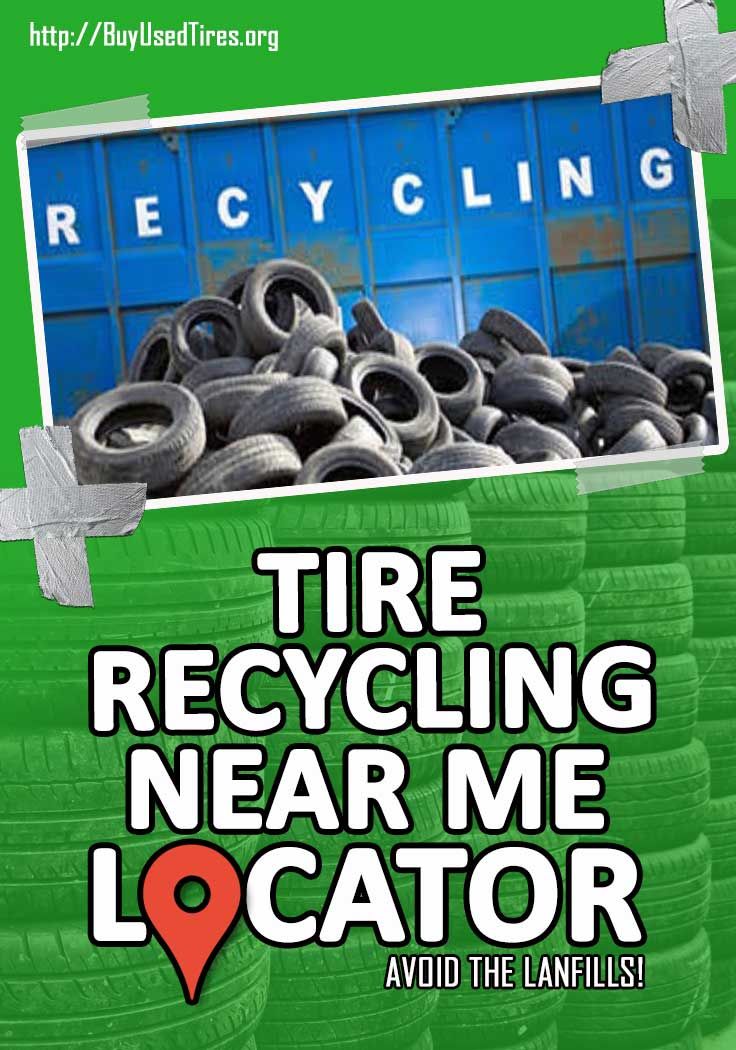
If the production line produces 100 kilograms per hour, working without interruption, then in a month the amount of finished products will carry out 24 tons of crumb rubber (100 kg * 8 hours * 30 days = 24000).
Taking into account the average retail price of crumb rubber in the amount of $0.28 per kilogram, we get a dirty monthly income of $6720 (0.28*24000).
It is also worth noting that during production, metal remains in the waste (wire in the tire courts). Its volume is about 7%.
Interesting fact! According to Goodyear Tire and Rubber, the average tire weight is about 22 pounds (up to 10 kg). At the same time, it contains 0.68 kg of steel cord (it serves as a reinforcing for the rubber structure in tires).
On the one hand, this is production waste, but on the positive side, this is a significant additional profit: 0.7 kg of metal wire and tire steel cord. And that 0.7 * 10 tires / hour * 8 hours * 30 days = 1680 kg of metal from 24 tons of tires - monthly!
The average price of scrap metal is about $200 per ton. As a result, we will receive an additional $336 profit from the sale of metal cord wire. It is worth considering how to organize your acceptance of car tires for recycling for money.
As a result, we will receive an additional $336 profit from the sale of metal cord wire. It is worth considering how to organize your acceptance of car tires for recycling for money.
This amount of benefit is sometimes more economically justified income received in the process of implementing this activity.
Manufacture of paving slabs from crumb rubber of automobile tires.
Where is crumb rubber from tire recycling used? This unique and durable building material is indispensable in the following branches of industry:
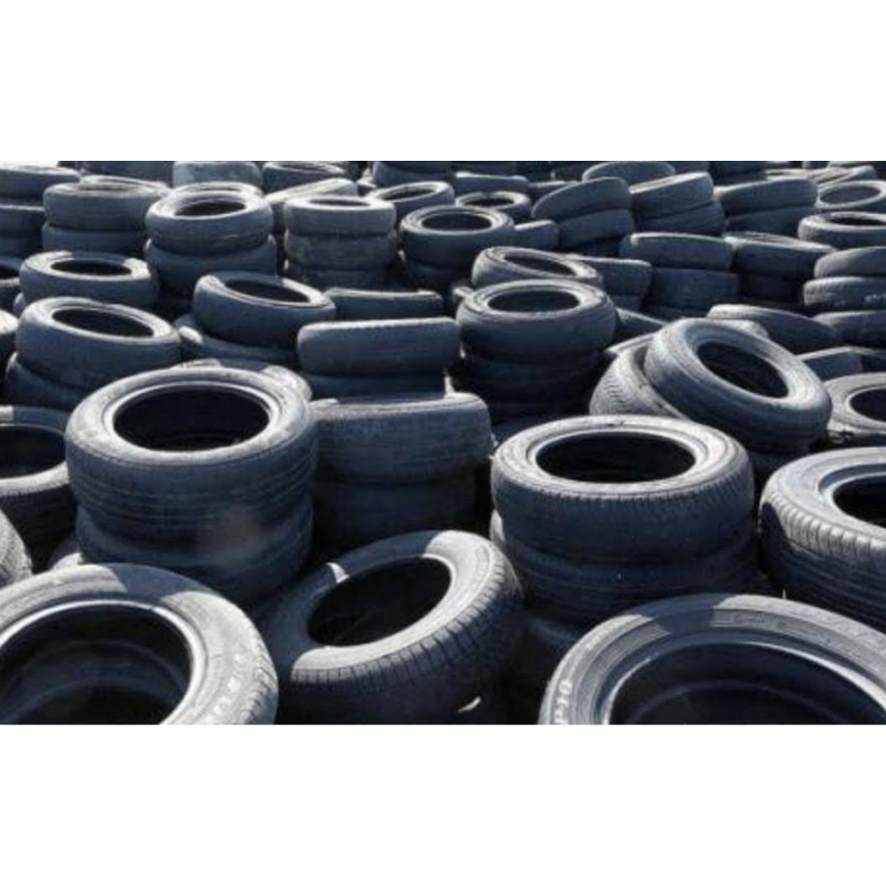
In order to minimize the risk, it is possible to expand the scope of production of crumb rubber. So, it is possible to produce rubber plates or other shells of this material. The need for these products does not depend on the need for crumbs. Therefore, in one enterprise you can create two completely different areas of activity.
One of the big expectations of the industry is the production of crumb rubber. We have this type of industry today is not particularly developed.
Do not forget about such an important component, which is the sale of finished products. The popularity of crumb rubber as a building material is growing. There are more and more new competitors on the market. As a result, if you have the right approach to selling this product, you can easily adjust the sales channels.